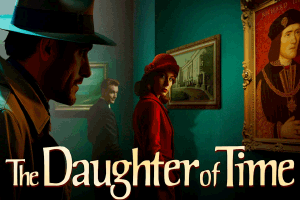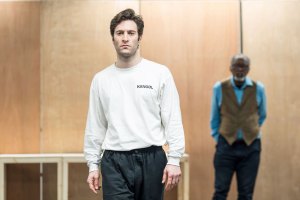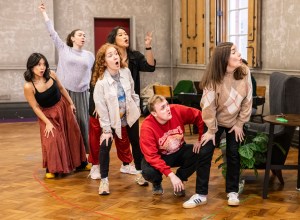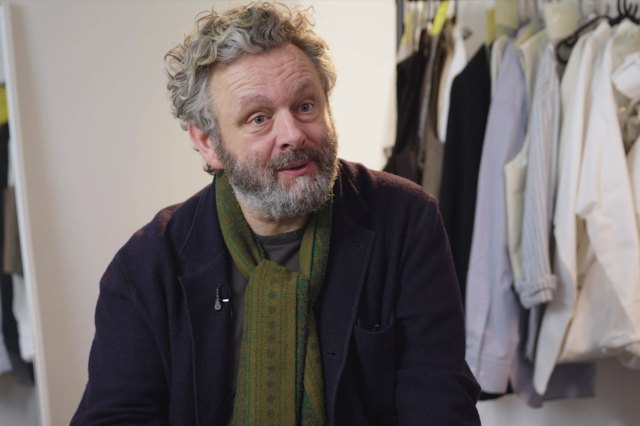The Daughter of Time at Charing Cross Theatre – review
The world premiere stage adaptation of Josephine Tey’s crime novel runs until 13 September

Based on the Josephine Tey novel by the same name, The Daughter of Time is a slightly unconventional murder mystery, in that the alleged murder took place over 400 years prior to the play’s opening scene, and the action largely occurs in a hospital room with an invalided detective. Nonetheless, I’m intrigued.
According to Tey, “Every man over 40 is responsible for his face” is a saying attributed to Abraham Lincoln. So when detective Alan Grant is shown a portrait of Richard III, English history’s notoriously heinous king who murdered his two young nephews, he is shocked to find a perfectly nice face. (Bit of a hole in the beginning of this plot, seeing as Richard was 32 when he died, but we can overlook it.)
Holed up in a hospital bed, having broken his leg on another case, Grant becomes completely obsessed with Richard III and the evidence against him or lack thereof, much to the concern of his friends and colleagues. Nevertheless, he persists, like the dogged detective he always has been.
This is the fifth Alan Grant instalment from Tey, and arguably her most popular work. The trouble is that while it’s a compelling and unusual story, what makes it interesting is also what makes it hard to stage interestingly: that the bulk of the story is exposition.
Rob Pomfret as Grant has the trickiest job of expressing charisma and verve, largely lying down with his leg propped, but his obvious magnetism keeps the story in focus, and by the time he does stand up, he lifts the pace with him.
Harrison Sharpe has a brilliant turn as the nerdy young American, Brent, drafted to help Grant in his research. A very physical performer, there are times when he appears possessed by an enthusiastic but poor lindy hopper. He quickly relaxes into his role, however, and delivers an at times slapstick yet completely endearing performance.

Rachel Pickup as famous stage actress and Grant’s love interest, Marta, is brilliantly affected and glamourous, while somehow remaining exceedingly likeable. Though the romantic subplot falls flat a little by the end, it works well to break up the immense amount of historical information being lobbed at the audience. And it gives an excuse for a change of scenery, however brief.
Bob Sterrett’s set paired with Oliver McNally’s lighting are genuinely beautiful. From a milky moonlight to shafts of golden morning sun, the light slices through the bedroom window, hitting walls of sage and washed-out teal, white sheets and a hospital curtain, somehow reflecting back the play’s growing optimism. A hinged edge transforms the set into a fashionable restaurant and back again with elegant ease.
Writer M Kilburg Reedy has done all she can to bring this story to the stage, along with director Jenny Eastop’s well-paced direction. The sheer amount of exposition required to keep the plot moving makes this an odd choice for a stage adaptation, but while there are large chunks of dialogue that entirely pass me by, the general heft of the plot is made clear, along with the excitement of the characters’ discovery. I certainly didn’t leave a Richard III expert, but I did leave vowing to become one.
















